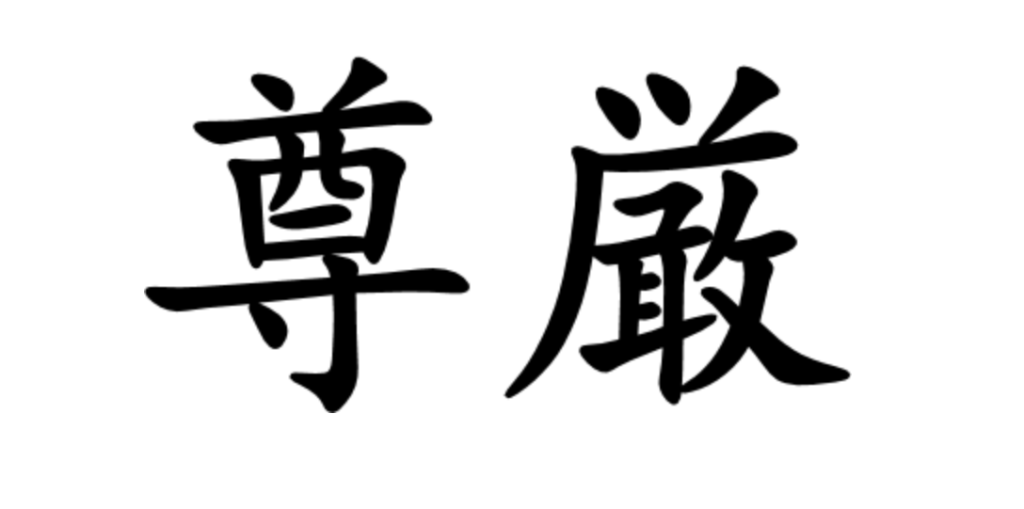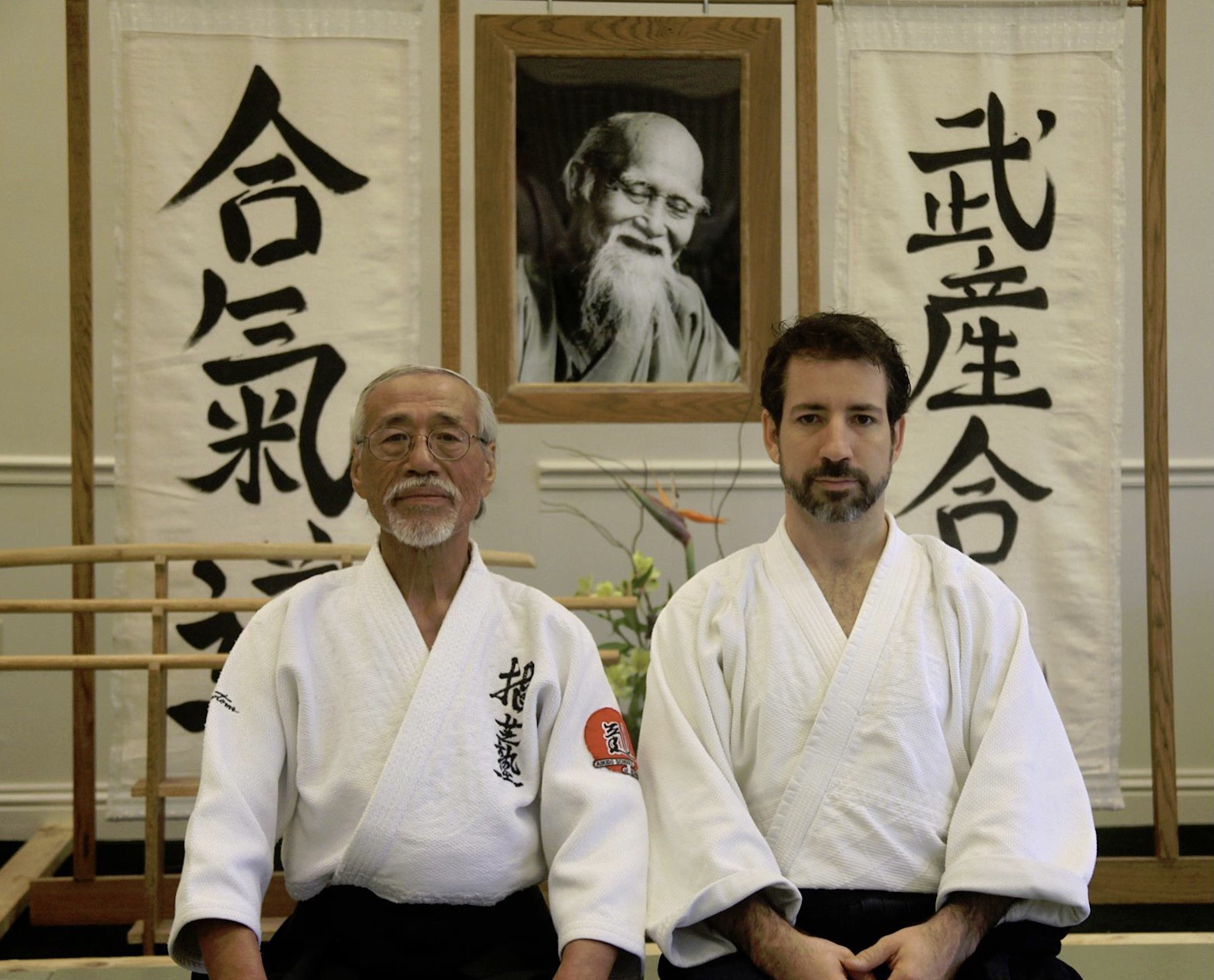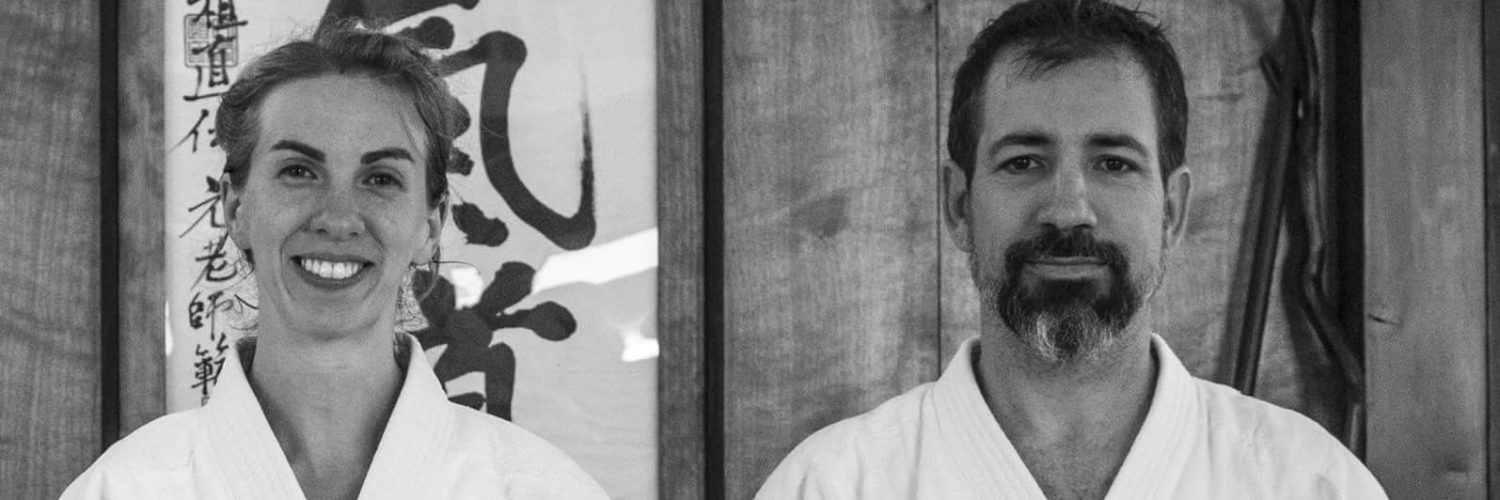This short editorial is contributed by Don Ellingsworth Sensei (5th dan), who is a Head Instructor and Founder of Aikido Chuseikan in Tampa Bay, Florida. He is a direct student of Mitsugi Saotome Sensei and is the Administrator of the ASU, one of the largest Aikido organizations in the United States.
Aikido can be a beautiful framework for self-discovery. Of the many wonderful things about the art is the way we are able to practice with dignity, defined as composure and a sense of self-respect. Dignity is not just reserved for the person doing the throwing, but also for the person receiving the technique. Realized to its full potential, this is a truly beautiful thing to experience.

My own tendency when training is to become competitive, to want to throw my partner, or in some way show superior skill, strength, or technique. For me, the more common model seen in a fighting art only feeds this instinct and leads me into the binary solution of win or lose. Therefore, these days, the purpose of my Aikido training is to move beyond that model–to one where there is another solution to conflict.
When the Founder changed his martial art from Bujitsu to Aikido, one of the differences that manifested was the intention found within the practice; that of moving away from a practice of destruction toward one of harmony. In this search for harmony, the practice of offering dignity can point the way.
I consider Aikido to be a martial art for the modern world, a world where I am fortunate to live my life consistently near the top of Maslow’s hierarchy of needs. My daily energy is not spent defending my life, but instead, trying to improve the quality of it. And on better days, it is spent trying to improve the quality of life around me. We live in a society built on community, tribes, families–all kinds of different social constructs. Our place in this framework is largely based on our own behaviors. When we treat ourselves and the people around us with dignity, we show an understanding that we are all connected, and that the quality of life of the ‘other’ is connected to our own quality of life.

Within the movements of Aikido, there are many opportunities to offer dignity to our partner. Consider the relationship of uke and nage; uke’s role is set from the beginning to accept the movement, to maintain balance and to continue the attack. At the same time, nage is tasked with accepting the initial attack, then guiding the partner in such a way that resolution is achieved (utilizing the principles of Aikido). All the while, it is expected that if nage releases some pressure or breaks the connection, uke will regain their balance to their own dignified posture, often resulting in a continuation of the attack.
At their best, the movements of Aikido are graceful and powerful. When intercepting the attack with Aiki, we don’t hit or crush our partner, we offer them a way out of the conflict that allows them to maintain their dignity. Going a step further, we actually offer them protection, and one more step, guiding them to the mat into a pin could even turn into a needed stretch.
One way to approach the role of uke is to frame your attack as a “gift” to nage, as in: “I am breaking my natural connection with the universe to launch an attack and I want that gift to be well received. I want nage to succeed but also be challenged. I will stay engaged with the way nage responds to my challenge, attempting to minimize my own judgment and simply be a partner in our movement together.” When taking the role of uke, offer your attack. Be attuned to how the partner is responding and give them the dignity of your mindful attention through your best ukemi.

In our daily life, this could be like asking someone a question, “How are you doing?” There are many ways to ask this question. You could ask it and then look down at your phone. You could yell it to a co-worker while running past her on the way to a meeting. You could ask your spouse, and then roll over to go to sleep before an answer is given. Alternatively, we could look at our partner, make a connection, be engaged in the reply, and allow it to unfold into a conversation about our deep concerns and hopes for the future. Interacting with people in this way shows honor, respect, and… dignity.
Saotome Sensei has said many times that the purpose of Aikido is nothing short of retraining our natural instinct to become one of global concern, respect, and compassion. I believe that if we take a dignified approach to our practice, it can help put us on this noble path.













Great article Don,
I certainly experienced the dignified treatment you write about from you and your wife Julie in the Aikido book groups you hosted during the pandemic.
All the best.
Bob Noha
Great article, thanks!!! Very proud of being part of Aikido Chuseikan family!!!
Don:
Really lovely–I often use the word integrity to try and illustrate some of the things you said–I will add dignity. Thank you
Tremendous explanation of receiving and giving respect, dignity and working together to create harmony. I will take from this and gratefully add to my practice.
Thank you for your post Ellingsworth Sensei 🙇🏽♂️.
Such a vital aspect of Aikido beautifully described.
THANK YOU FOR A TRUE TOPIC ON THE MARTIAL ARTS OF DIGNITY AIKIDO WELL EXPLAINED AND UNDERSTOOD.
This is a really fine essay, that hones in on one of the most important principles of human existence. Dignity is a stance where one strives to be inviolate, well-balanced, acting in proportion and in a manner that fosters dignity in others.
I really like the way you highlight aikido practice as (potentially) fostering this.
Thanks Don for this article. It fills in the theme of dignity that you emphasized in a class that you taught at Tenzan Aikido, this year.